Your garage door does more than just open and close—it’s a critical barrier protecting your home, family, and vehicles. While you might think all garage doors function the same way, self-closing models offer sophisticated features that dramatically improve safety and security. From preventing accidents to deterring break-ins, these five essential features could be the difference between a standard garage and a truly secure space.
Automatic Reverse Mechanism for Enhanced Safety
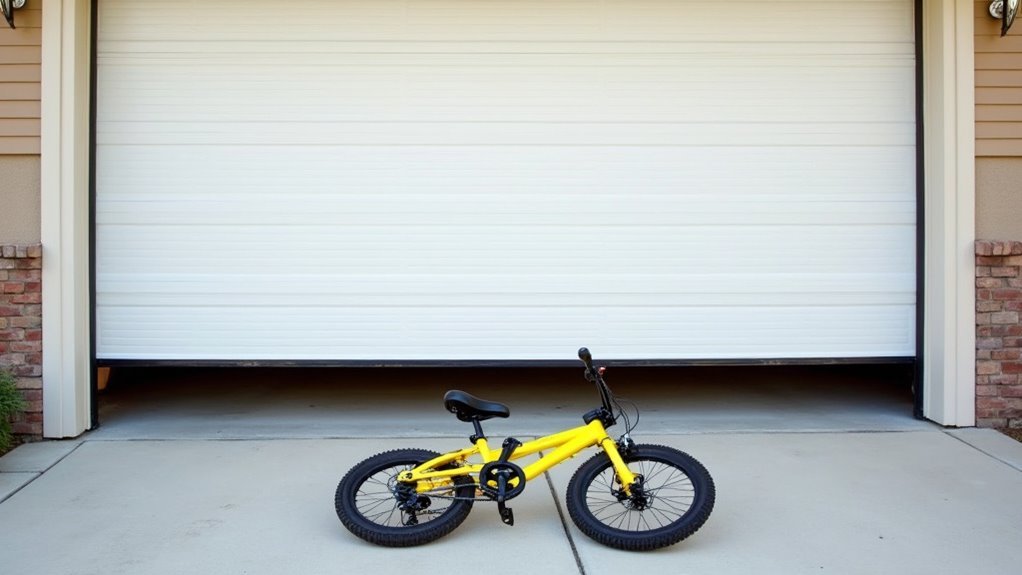
When you’re installing a self-closing garage door, the automatic reverse mechanism stands as your most critical safety feature. This technology uses sensors and photoelectric eyes to detect obstacles like children or pets in the door’s path, immediately reversing direction to prevent accidents.
You’ll find this feature essential to protect your family from potential injuries caused by closing doors. Building codes typically require these safety features to make certain your garage meets safety standards.
The mechanism works seamlessly with self-closing hinges to provide thorough protection. You must regularly test and maintain this system to assure proper function.
This combination of automatic detection and instant response greatly enhances the security of your garage while safeguarding everyone who uses the space.
Motion-Detecting Lighting System
Beyond the safety mechanisms that protect you from physical harm, motion-detecting lighting systems add another layer of security and convenience to your self-closing garage door setup.
These sensors detect movement around your garage door area and automatically illuminate the space when you approach. You’ll enjoy enhanced visibility in low-light conditions while the bright lighting serves as a deterrent against potential intruders.
You can customize the system’s sensitivity settings to match your specific needs and preferences.
Most motion-detecting lighting systems feature energy-efficient LED bulbs that reduce power consumption without sacrificing brightness.
This combination of automatic activation, enhanced security, and cost-effective operation provides genuine peace of mind for your home’s protection and daily convenience.
Manual Release Override Function
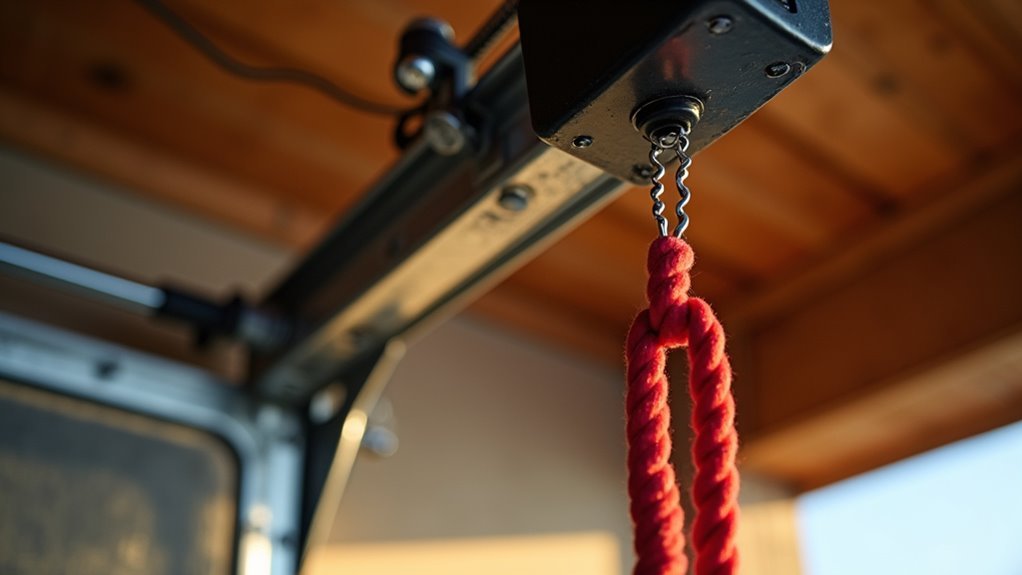
Emergency situations demand reliable backup solutions, and the manual release override function serves as your garage door’s most critical failsafe feature. You’ll disconnect your garage door opener from the door itself, enabling immediate manual operation during power outages or system malfunctions. This essential safety mechanism protects your family by ensuring garage access regardless of electrical failures.
| Emergency Scenario | Manual Release Benefit |
|---|---|
| Power Outage | Immediate garage access |
| Fire Safety Evacuation | Quick escape route |
| Opener Malfunction | Bypass broken systems |
| Medical Emergency | Fast vehicle access |
| Storm Damage | Manual door control |
You should test this function monthly and familiarize everyone with the pull cord’s location. When activated, you can close the garage door manually or keep it open as needed for your self-closing door system.
Self-Closing Hinge Technology
Self-closing hinge technology transforms your garage door into an automated security system that operates independently of electrical power.
These innovative hinges automatically close your garage doors after opening, guaranteeing you’ll never accidentally leave them open to deter potential intruders.
Waterson heavy-duty self-closing hinges combine mechanical and hydraulic mechanisms for smooth, controlled operation that won’t slam shut unexpectedly.
The anti-slam technology protects both your door and family from injury while reducing wear and tear.
Available in 5/8R size with zig-zag patterns, these hinges fit most residential garage doors and offer adjustable speed control.
Many building codes now recognize self-closing hinges as essential safety features.
Regular maintenance guarantees ideal functionality and longevity, keeping your automated security system operating effectively for years to come.
Fire-Rated Door Construction Materials

When fire safety becomes a priority for your garage door installation, fire-rated construction materials provide the essential protection your home needs. Fire-rated garage doors utilize solid wood or steel construction, delivering superior fire resistance compared to standard materials. These doors must meet the 1 3/8-inch thickness requirement mandated by International Residential Code.
| Material | Fire Rating | Key Features |
|---|---|---|
| Solid Wood | 20-90 minutes | Natural insulation, customizable |
| Steel | 20-180 minutes | Maximum durability, low maintenance |
| Composite | 20-60 minutes | Cost-effective, moderate protection |
| Insulated Steel | 60-180 minutes | Enhanced heat resistance, energy efficient |
Intumescent seals expand when exposed to heat, preventing smoke infiltration. This advanced safety technology guarantees your family’s protection while meeting building codes and enhancing overall residential fire safety standards.
Frequently Asked Questions
What Is the Difference Between Self-Closing and Automatic Closing Doors?
Self-closing doors use mechanical springs or hydraulics to close automatically after you open them, while automatic closing doors rely on sensors or timers that you don’t need to physically trigger.
Which Is Better, Direct Drive or Chain Drive Garage Door Opener?
You’ll find direct drive openers are better if you prioritize quiet operation and minimal maintenance. However, you should choose chain drive if you’re budget-conscious and don’t mind occasional upkeep.
Why Do Garage Doors Need to Be Self-Closing?
You need self-closing garage doors because they’re required by building codes for fire safety, preventing carbon monoxide poisoning, enhancing security, and protecting your home from weather damage and pests.
Why Is My Self-Closing Door Not Closing All the Way?
Your self-closing door isn’t closing completely because you’ve got worn hinges, misaligned frames, faulty closers, debris blocking the path, or incorrect tension settings that need adjustment or repair.

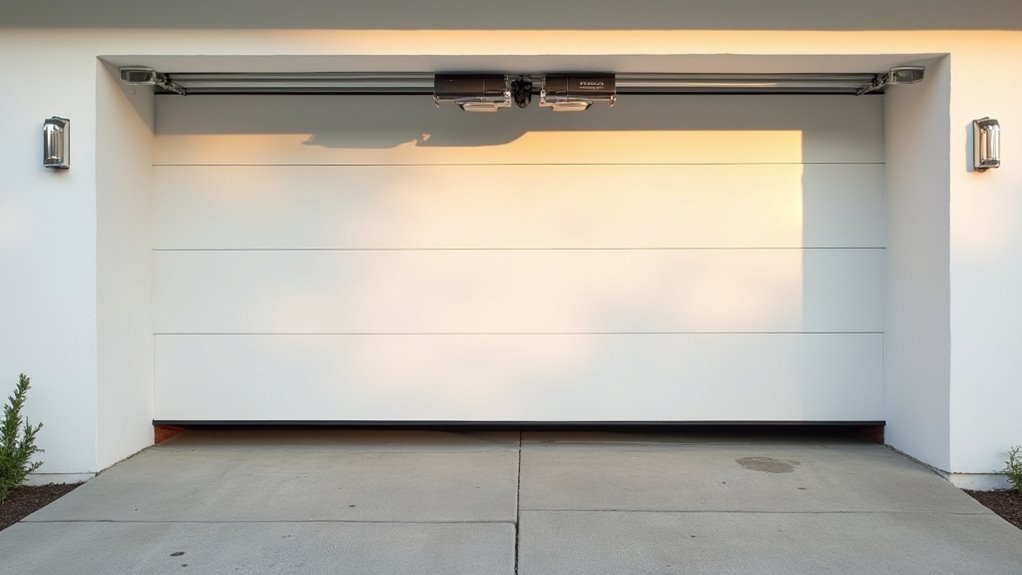

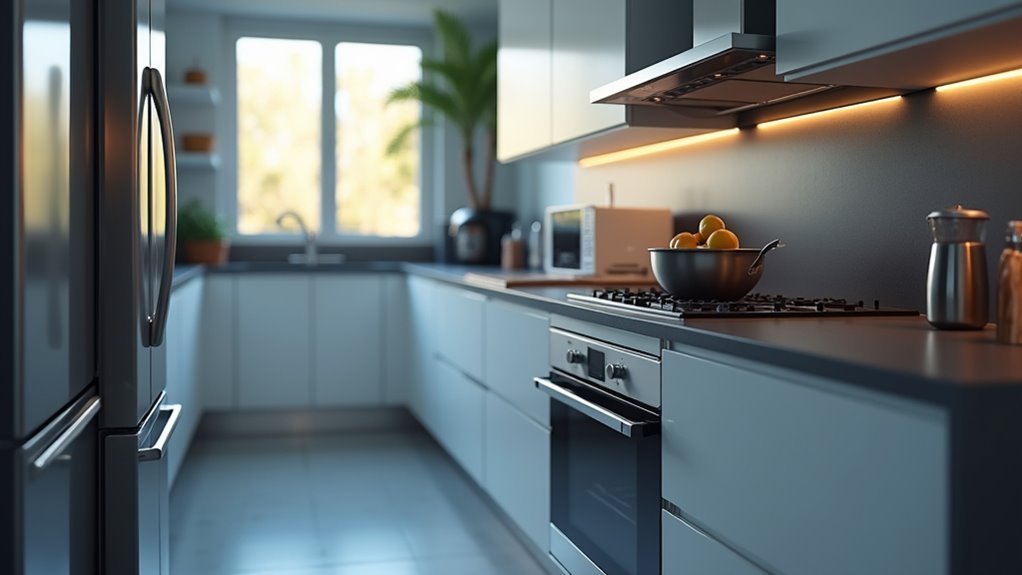
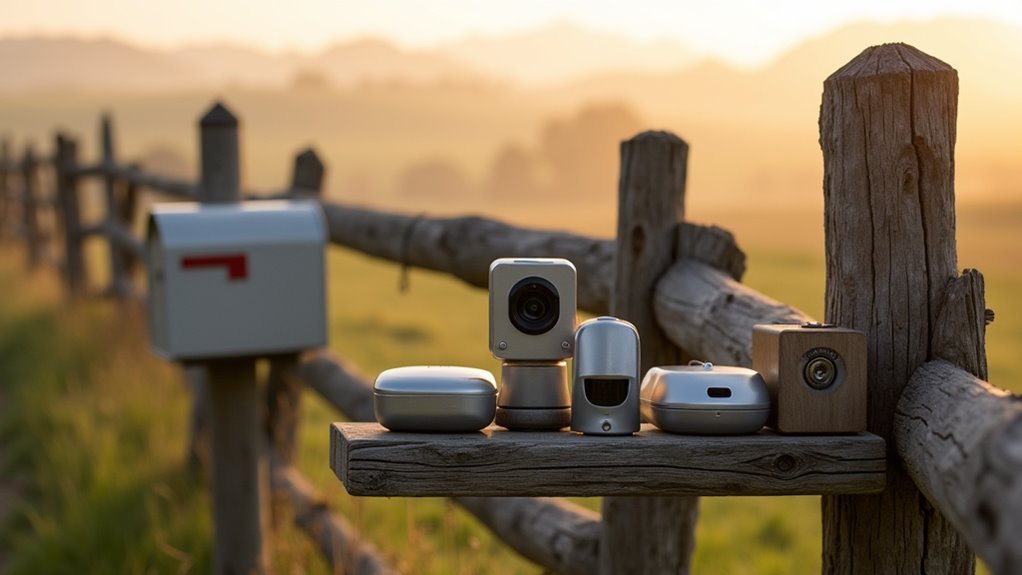
Leave a Reply